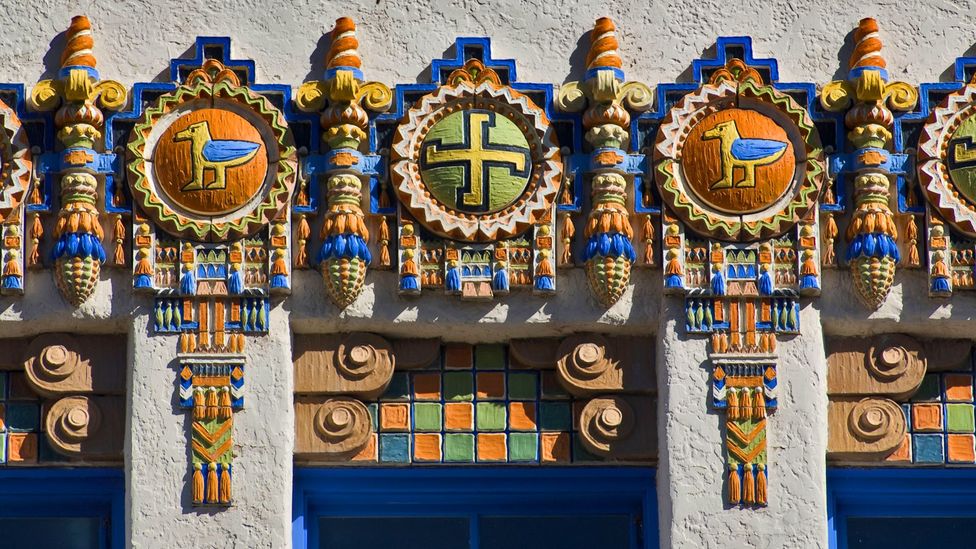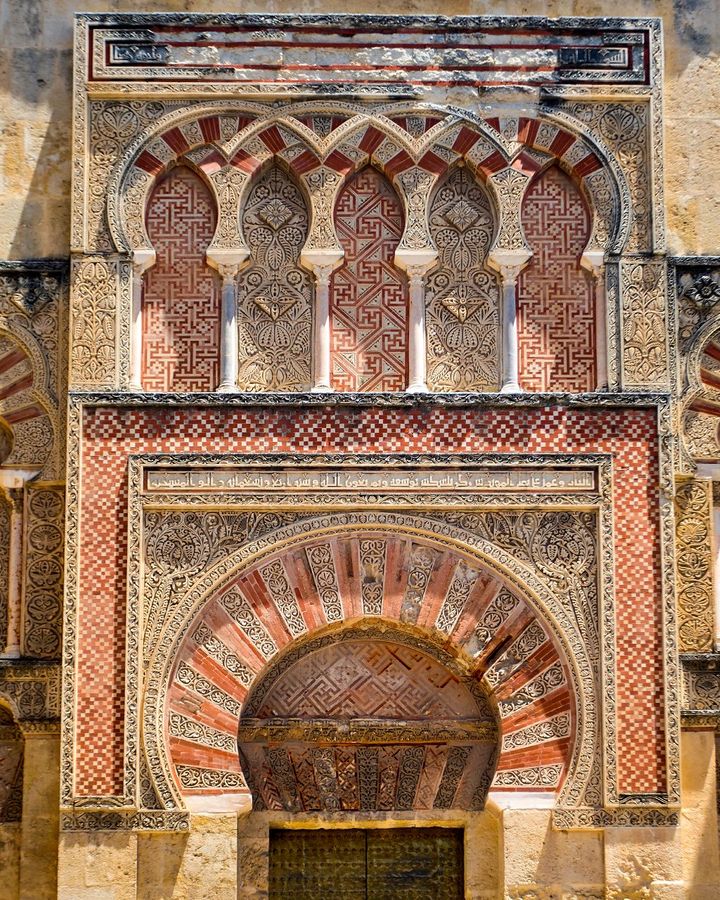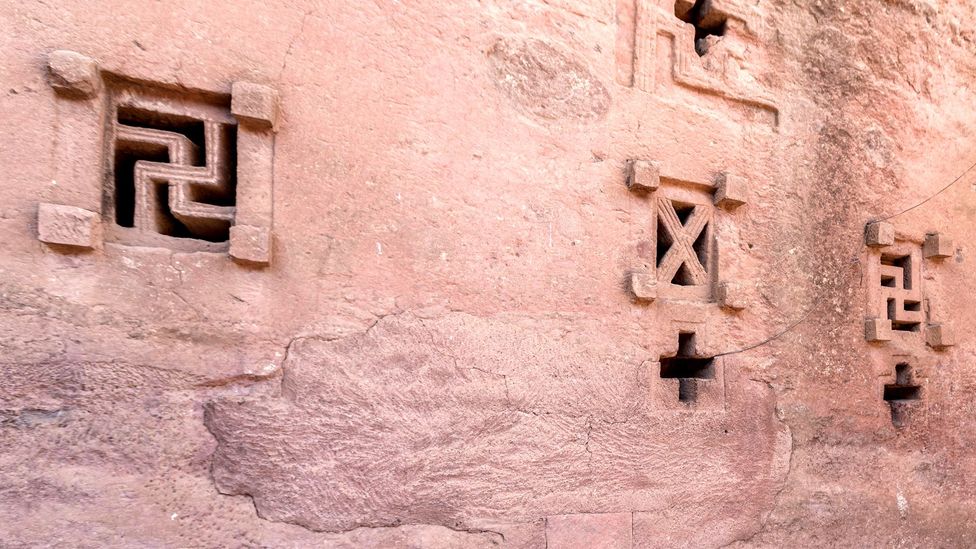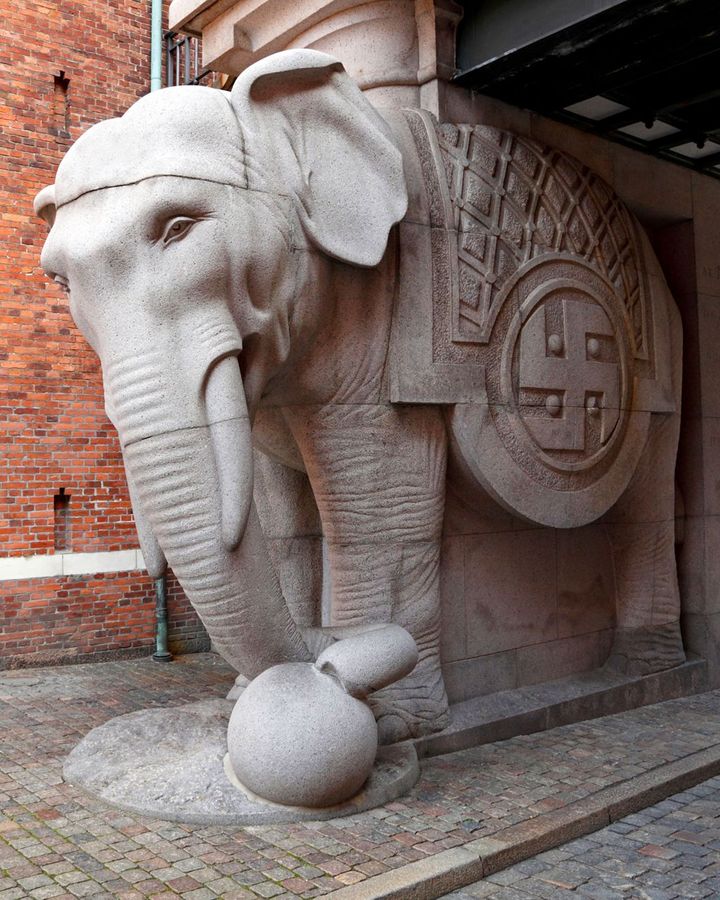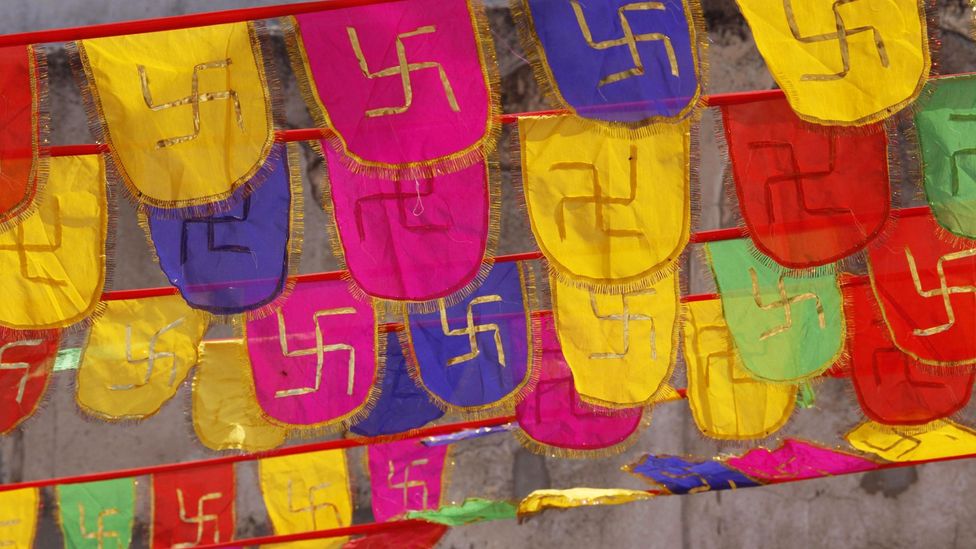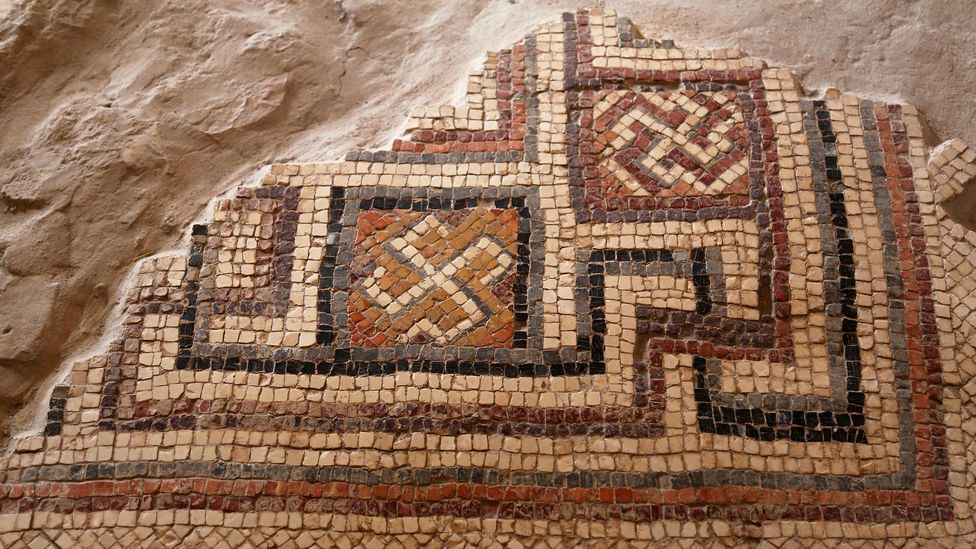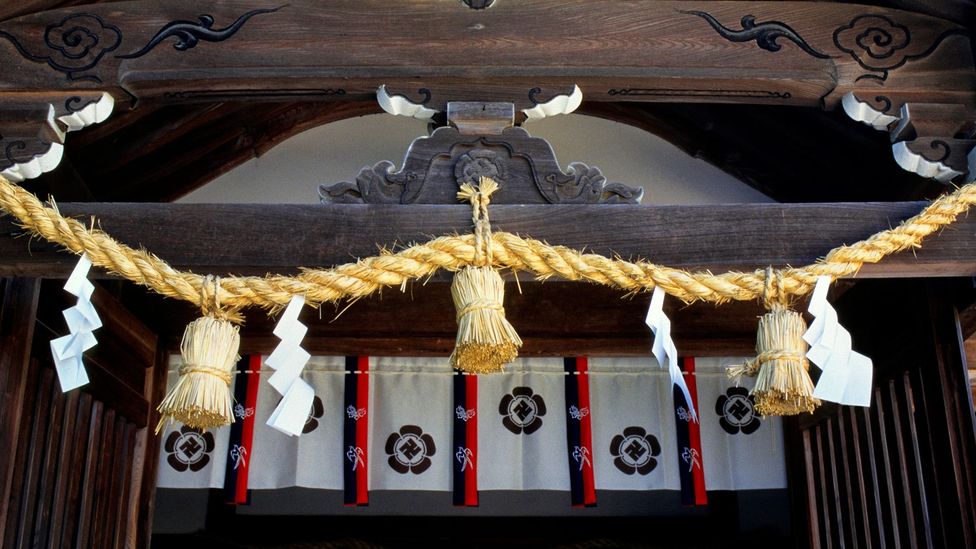Signed in secrecy off Newfoundland 80 years ago, the Atlantic Charter changed world history
Charter was signed in secret off coast of Argentia

War historians in Newfoundland and Labrador are marking the 80th anniversary of the signing of the Atlantic Charter, a closed-doors deal between Britain and the United States that helped shape the course and aftermath of the Second World War.
The charter was signed near Argentia, on ships off the coast of Newfoundland, on August 14, 1941, by British Prime Minister Winston Churchill and U.S. President Franklin D. Roosevelt.
It included eight principles the world could follow at the end of the war, including an agreement between the two countries not to seek territorial expansion, free seas, and international labour and economic standards.
Gary Walsh, immediate past-president of the Crow's Nest Officers' Club, said the beginnings of the deal came at a time when the war wasn't going so well for the British — and Churchill knew he needed help from the Americans.
"They were afraid that Germany may invade and whatnot," Walsh told The St. John's Morning Show on Friday.
"They decided 'we have to meet,' and of course Churchill was very anxious to get the Americans to join in. So a very top secret set of meetings was arranged. And they decided to meet at a very secret location … and Newfoundland was selected of all places."
Walsh said Newfoundland was chosen for several reasons. It wasn't overly populated, which meant there was less chance of being caught by a spy. The island had also connected the British and Americans in the past through naval and air bases, which allowed for a safe meeting place.
"The year before in 1940 … the British allowed the Americans to set up some naval and air bases in their British territories, one of them, of course, being Newfoundland."
Roosevelt even had a family connection to the island, with his son, Franklin Roosevelt Jr., stationed in Gander in 1940.
The anniversary, which is commemorated every five years, was celebrated Saturday. Festivities included a dinner in Placentia, remarks from Premier Andrew Furey and federal Conservative Leader Erin O'Toole and a showing of a play that was created for the 75th anniversary called Mysterious Visitors.
Walsh said the signing of the charters highlights an important time during the Second World War that he hopes can be preserved for years to come.
"They wanted this eight principles that the world could follow once the war was over. That's what came out of the charter," he said. "This meeting really developed a joint, strong initiative to get together...and there's a lot of historians who think it's very much worth commemorating."
